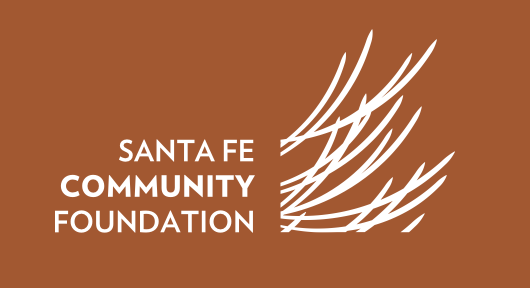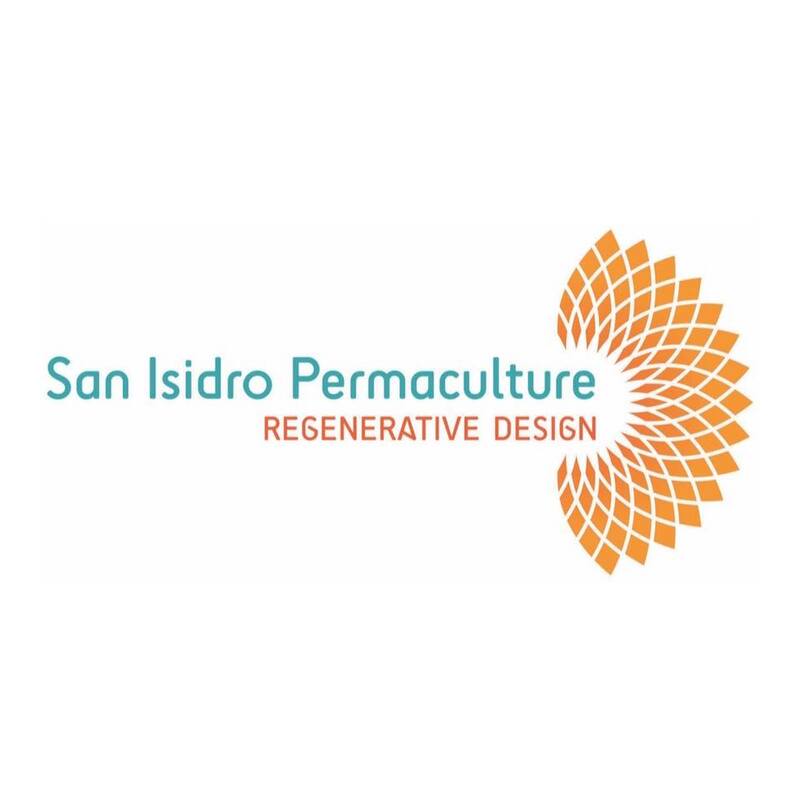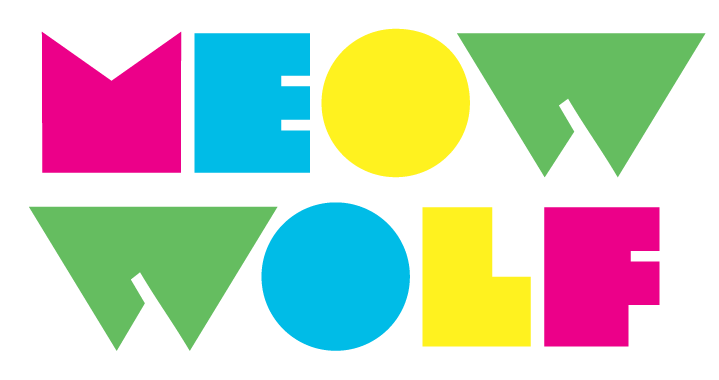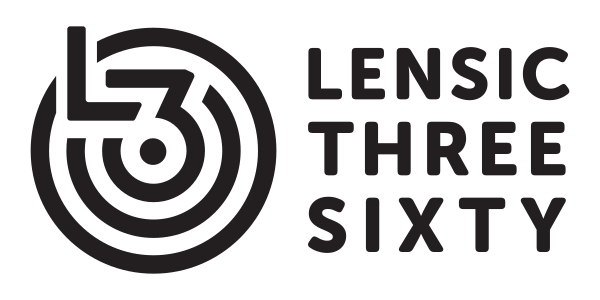Reunity Soil Yard:
Soil Yard Hours Mon-Fri: 8:00am-5:00pm Sat: 9:00am-1:00pm |
Benefits of Compost!
|
|
If you want to learn more about compost and Reunity's work using it in creating closed-loop food systems, check out our Compost Programs page!
Soil Science
Soil Food Web? What’s That?
The Soil Food Web is all of the aspects that build an ecology, which depend on one another for a healthy soil ecosystem. Many elements in the soil food web we can see or feel: sunlight, water, oxygen and carbon dioxide, birds, mammals, insects, grasses and plants, and worms. Beneath our feet there is a microscopic universe full of life. These little folks are the workhorses of not just soil, but of all organic life!
The Soil Food Web is all of the aspects that build an ecology, which depend on one another for a healthy soil ecosystem. Many elements in the soil food web we can see or feel: sunlight, water, oxygen and carbon dioxide, birds, mammals, insects, grasses and plants, and worms. Beneath our feet there is a microscopic universe full of life. These little folks are the workhorses of not just soil, but of all organic life!
Bacteria and Archaea: Bacteria and archaea are the most abundant life in soil and they have an important job; bacteria chomp up minerals and decaying organic matter and transform them into plant available nutrients. Bacteria are most often associated with nitrogen processing, but they perform all sorts of tasks in processing essential nutrients to make them available for plants to eat.
Actinomycetes: While technically bacteria, actinomycetes share a lot of similarities with fungi, so we give them their own class. Actinomycetes form strands of hyphae bind soil together to form aggregates. These little workhorses help fungi for breaking down high lignin structures like wood and sunflower stalks. Actinomycetes are also the bacteria that produce many common antibiotics.
Fungi: What can a fungi do? Anything they want it seems. Fungi play a pivotal role in plant health. Fungi aid in organic matter decomposition, but that's just the beginning. Some fungi form symbiotic relationships with plants, exchanging proteins, fats, and amino acids for sugars. Some fungi form a network of symbiotic relationships through plant roots. This symbiosis is called Mycorrhizae and can refer to any number of fungi. Not all fungi are compatible with all plants, so make sure you do your research and purchase a fungal inoculant that gets along with your plant! Fungi are great at processing phosphorus, a macronutrient that is essential for fruiting and flowering.
Algae: The most understated, and often most visible, of the soil microorganisms. Algae fix atmospheric nitrogen, rapidly increase soil organic matter, sequester CO2, and are all around soil health heroes.
Protozoa: These are single cell living id's. Protozoa have a host of duties in soil, mostly chomping bacteria and releasing extra nitrogen, in the plant available form of ammonium, and minerals all while keeping bacterial populations in balance. Protozoa compete with, and eat, plant and soil pathogens.
Nematodes: They may be small, but they are complete, very primitive animals. Nematodes are aquatic roundworms that feed on all other soil microorganisms, including roots and other nematodes. While feeding, nematodes release excess nitrogen just like protozoa do. Some nematodes are parasitic to plants and can damage crops, others are parasitic to larvae pests. In New Mexico it is common to use insect-parasitic nematodes to combat Japanese beetle grub infestations.
Viruses: Not much is known about soil viral ecology, but viruses are abundant in healthy soil systems. Viruses may play a key role in carbon sequestration, bacterial and fungal adaptation through climate change, and lipid and protein metabolism (nutrient cycling).
Actinomycetes: While technically bacteria, actinomycetes share a lot of similarities with fungi, so we give them their own class. Actinomycetes form strands of hyphae bind soil together to form aggregates. These little workhorses help fungi for breaking down high lignin structures like wood and sunflower stalks. Actinomycetes are also the bacteria that produce many common antibiotics.
Fungi: What can a fungi do? Anything they want it seems. Fungi play a pivotal role in plant health. Fungi aid in organic matter decomposition, but that's just the beginning. Some fungi form symbiotic relationships with plants, exchanging proteins, fats, and amino acids for sugars. Some fungi form a network of symbiotic relationships through plant roots. This symbiosis is called Mycorrhizae and can refer to any number of fungi. Not all fungi are compatible with all plants, so make sure you do your research and purchase a fungal inoculant that gets along with your plant! Fungi are great at processing phosphorus, a macronutrient that is essential for fruiting and flowering.
Algae: The most understated, and often most visible, of the soil microorganisms. Algae fix atmospheric nitrogen, rapidly increase soil organic matter, sequester CO2, and are all around soil health heroes.
Protozoa: These are single cell living id's. Protozoa have a host of duties in soil, mostly chomping bacteria and releasing extra nitrogen, in the plant available form of ammonium, and minerals all while keeping bacterial populations in balance. Protozoa compete with, and eat, plant and soil pathogens.
Nematodes: They may be small, but they are complete, very primitive animals. Nematodes are aquatic roundworms that feed on all other soil microorganisms, including roots and other nematodes. While feeding, nematodes release excess nitrogen just like protozoa do. Some nematodes are parasitic to plants and can damage crops, others are parasitic to larvae pests. In New Mexico it is common to use insect-parasitic nematodes to combat Japanese beetle grub infestations.
Viruses: Not much is known about soil viral ecology, but viruses are abundant in healthy soil systems. Viruses may play a key role in carbon sequestration, bacterial and fungal adaptation through climate change, and lipid and protein metabolism (nutrient cycling).
Using compost
Compost can be used in multiple ways to provide optimal health and resilience to your plants. Using compost increases soil organic matter, adds mineral content, improves soil structure and porosity, and increases drought resilience of plants.
1. Soil amendment |
2. Top dressing |
|
Spring or fall, pre-planting or post harvest, amend your existing ‘soil’ to 50-70% compost. (This is the recommendation for NM, where sand/clay is the prevalent soil. In an area of richer natural soil like the Midwest, a lower percentage may be recommended.) Add 4-6 inches of compost on top before tilling, and then add another layer, again, on top to create rows and furrows for a traditional rowed field.
Greatest benefit achieved with application three weeks or more prior to seeding or planting. Great benefit can still be derived with application over the growing season. |
For a lawn, pasture or cover cropped field, top dressing is the most efficient application. Just as it sounds, you spread the compost on top of the existing grasses, etc. For effective top dressing, your finished compost should be screened to particle sizes of 3/8-inch or less, free from weed seeds, spread when grasses are actively growing, and the layer of compost about ½ inch thick. If you do core aeration of your lawn, spreading afterward is recommended. Water well upon application and watch your plants plump up!
|
3. MulchUse as a beautiful mulch, 2-6 inches deep. This stops weeds, saves water and nourishes your plants gradually with each rain or watering. Over time, the compost will work its way in and improve soil structure and health without any heavy turning or tilling. Deep mulching with compost is optimal for home gardeners, as well as no-till farmers.
|
4. In containersHealthy, living compost is the main ingredient in potting soil blends. For DIYers, a standard recipe for homemade potting mix is: 2 parts compost, 1 part ‘fluff’ to lighten the mix for additional porosity (we recommend something renewable/sustainable such as coconut coir, rather than peat moss from endangered bogs) and 1 part ‘chunks’ to increase drainage required by container gardening, such as pumice, perlite or sifted sand/gravel.
|
Materials Calculator
|
Use this handy calculator to determine what volume of material you need for your project!
|
|


















